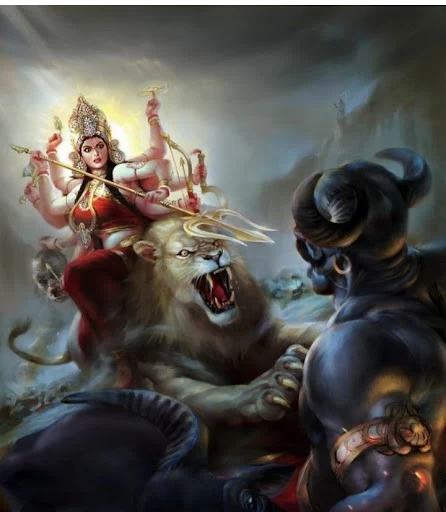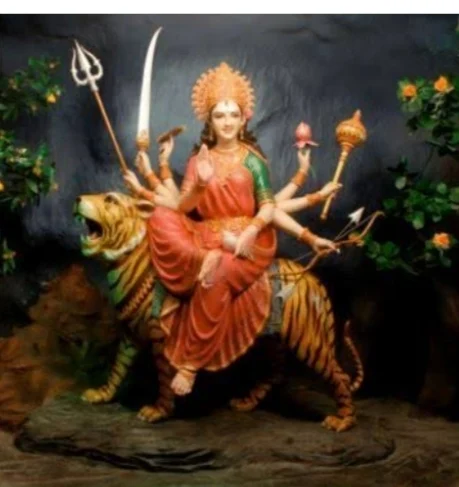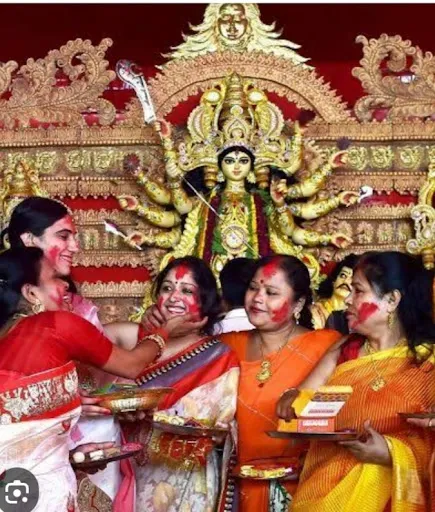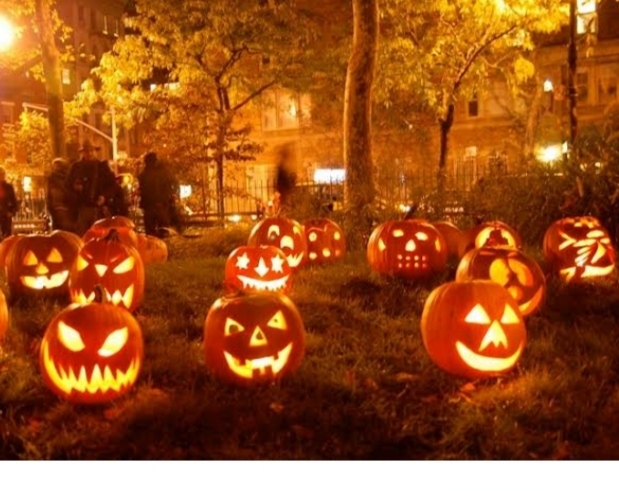NAVRATRI ( NINE NIGHTS OF WORSHIP) THE INDIAN TRADITION OF WORSHIPING OF GODDESS DURGA
The Vibrant Festival of India
India a land of diverse cultures and traditions is renowned for its myriad of festivals that are celebrated with unparalleled fervor and enthusiasm. One such spectacular and spiritually significant festival is Navaratri which translates to Nine Nights in Sanskrit language. Navaratri is a Hindu festival that spans nine nights and ten days and is dedicated to the worship of the divine feminine energy also known as Shakti or Devi.
The Timing of Navaratri
Navaratri typically falls in the Hindu calendar month of Ashwin which corresponds to September or October (autumn) in the Gregorian calendar. The exact dates vary from year to year and are determined by the lunar calendar. This festival is celebrated with great enthusiasm across India but it is most prominent in the Eastern state west Bengal,western state of Gujarat and the southern states of Karnataka Tamil Nadu and Andhra Pradesh.
The Significance of Navaratri
Navaratri holds immense spiritual significance in Hinduism. It symbolizes the triumph of good over evil as it commemorates the victory of the goddess Durga over the demon Mahishasura. Each of the nine nights is dedicated to a different form of the goddess and devotees offer their prayers and seek blessings for prosperity knowledge and spiritual growth.
The Nine Nights of Navaratri
The festival begins with the worship of Shailaputri the daughter of the mountains symbolizing the power of nature.
On the second day
devotees worship Brahmacharini the goddess who embodies the pursuit of knowledge and truth.
Chandraghanta the third form of the goddess is revered on this day. She is known for her bravery and represents peace and serenity.
On the fourth day devotees seek blessings from Kushmanda the goddess of creativity and cosmic energy.
Skandamata the mother of Lord Kartikeya is worshipped on the fifth day. She symbolizes the nurturing aspect of motherhood.
6 Shashti
is venerated on the sixth day. She is considered the protector of her devotees.
The seventh day is dedicated to Kalratri the fierce and destructive form of Durga who annihilates evil forces.
Mahagauri a symbol of purity and serenity is worshipped on the eighth day.
The festival culminates with the worship of Siddhidatri the bestower of supernatural powers and spiritual growth.
During Navaratri
the entire country comes alive with colorful decorations traditional music dance and vibrant processions. In Gujarat the famous Garba and Dandiya Raas dances are performed where people dress in traditional attire and dance in circular formations creating a mesmerizing spectacle of swirling colors and rhythm.
In West Bengal Navaratri coincides with Durga Puja a grand celebration featuring elaborate idols of the goddess Durga and her victory over the demon Mahishasura.
Devotees observe fasts during these nine days and consume vegetarian meals. Temples dedicated to the goddess witness a surge in visitors and many organize special prayers and cultural events.
Navaratri is a remarkable festival that showcases India's rich cultural heritage and spiritual devotion. It is a time when communities come together to celebrate the divine feminine energy and seek blessings for a brighter and more prosperous future. With its captivating rituals music and dance Navaratri truly exemplifies the essence of unity in diversity that is India's hallmark.




















Comments
Post a Comment
Thanks